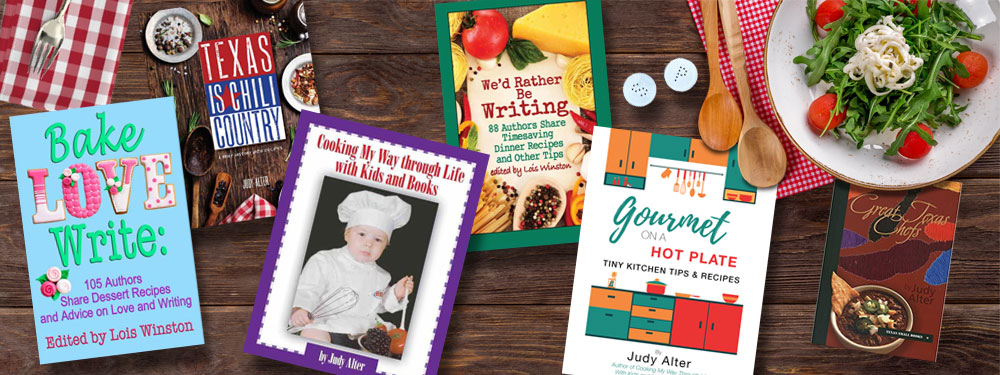
Smoked salmon potato salad
One of the things I like to
keep in my fridge in summer (and often winter too) is smoked salmon. You can do
many things with it. Lox and bagels may be the basic, with cream cheese (a
schmear) but I actually prefer mine on good rye toast. Put a slice of smoked
salmon in an egg salad sandwich; dice it and throw it in scrambled eggs along
with diced and drained tomato and a scallion; use minced to spark up a
traditional potato salad. What I want to share today, though, is a smoked
salmon/potato salad that is way different and makes a great company dish.
First a repeat definition: not
all smoked salmon is lox. Belly lox is thin-sliced meat from the fatty belly of
the fish; it is not cooked but cured or brined, making it quite salty. Nova lox
is cured in a milder brine and then cold smoked at relatively low temperatures—the
fish remains raw and moist but takes on a smoky flavor. When you order lox and
bagels in a deli, you get either belly
or Nova (because the technique originated in Nova Scotia). In some larger
delis, you may be able to specify which. Most people prefer Nova.
Scottish-style salmon is cured
in a mixture of salt, spices, and sugar, while gravlax, from the Slavic
countries, has been immersed in a rub of dill, sugar and spices. I have made
gravlax at home, a five-day or so process but really good.
And then there’s hot smoked
salmon, which means the meat has been brined and then smoked at a higher temperature. The meat is firmer and can be flaked, like a cooked piece of
salmon but with a smoky flavor. It is a good choice for dips and creamy salads
but can be served in much as you would serve a plain filet of salmon: by
itself, with lemon, in salads in place of tuna or chunked into a green salad,
with pasta (add some olive oil and lemon), in croquettes.
The recipe I want to share
tonight (where did the day go?) uses cold-smoked salmon—Nova lox is probably best.
You can, as you probably know, buy packets at most groceries. Each label tastes
a bit different, so you might want to experiment and see which tastes most satisfying
to you. Here’s what I adapted from a recipe by Jamie Oliver, the British chef:
Smoked salmon potato salad
1 lb. new potatoes, cooked and peeled
(this might be one of those rare cases where canned sliced white potatoes work
best).
Salt and pepper
Juice and zest of one lemon
A splash of white wine vinegar
Olive oil
2 tsp. capers, rinsed and drained
2 tsp. horseradish
¾ cup créme fraiche (substitute sour
cream if you must or make your own crème fraiche: see note in Condiments
section)
10-12 oz. smoked salmon, separated
into pieces
Boil potatoes until just cooked; peel and dress while still
warm (if using canned, perhaps heat in microwave just a bit—warm potatoes
absorb dressing better).
Mix lemon zest and half the juice, vinegar, and olive oil
(remember the 3:1 proportion of oil to acid) and whisk to mix. Pour over
potatoes. Stir in capers.
Separately mix horseradish into crème fraiche. Stir in
remaining lemon juice. Salt and pepper to taste. (This makes a great
horseradish sauce for ham, fish, whatever---no need to fuss with fancy recipes
with multiple ingredients.)
Lay out salmon pieces on platter in a sort of random manner.
Spoon potatoes (arranging artfully) and any dressing left over them. Drizzle
crème fraiche dressing over all and sprinkle with chopped dill.
Serves four. Nice with crusty baguette slices.




